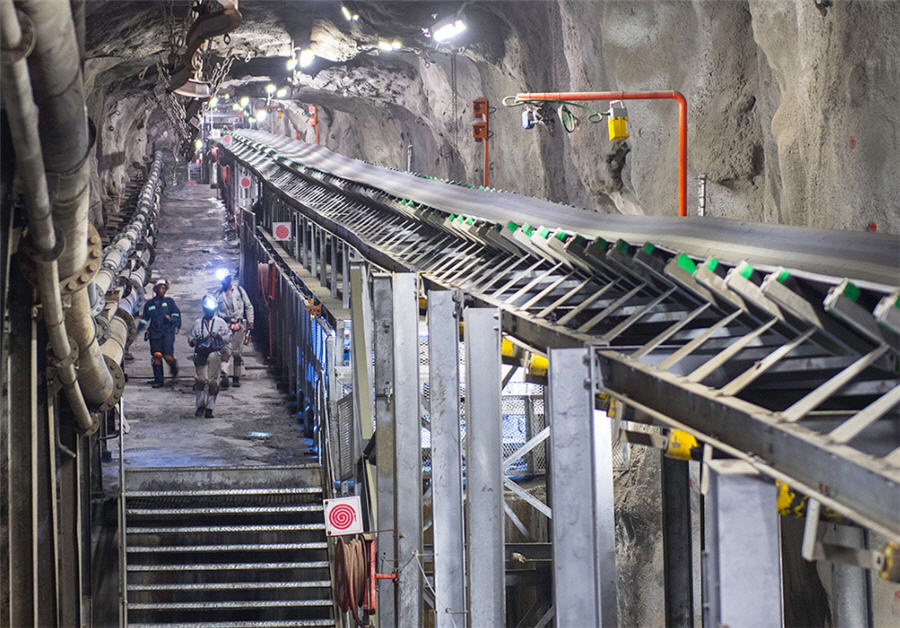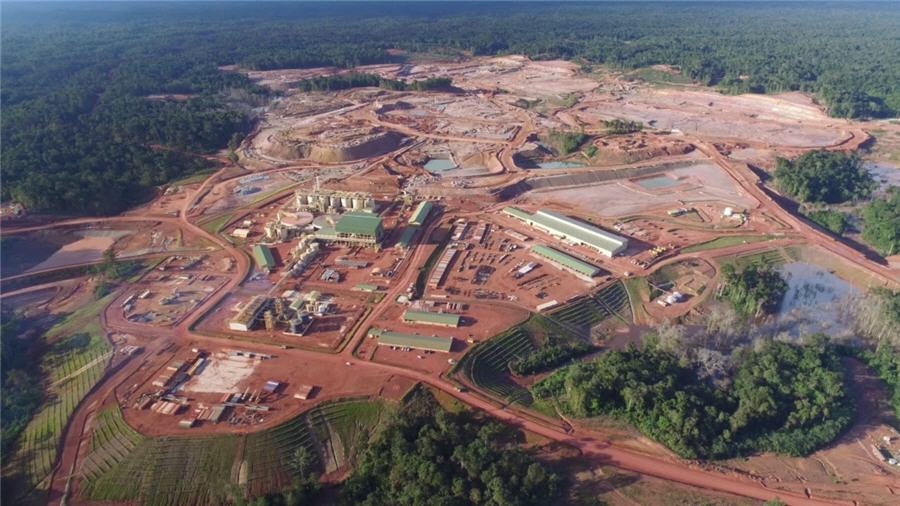Impala boss says speed of palladium and rhodium price falls was a surprise

Impala Platinum chief executive Nico Muller said a rapid decline in palladium and rhodium prices that has squeezed profits, lowered dividend payouts and shifted the focus to cutting costs caught platinum miners off guard.
Muller said there was no immediate risk of mine closures, but management would weigh each mine’s potential to generate profit, given the price fall.
The Johannesburg-based miner on Thursday said headline earnings in the year to June 30 declined 41% to 18.8 billion rand and cut its full-year dividend by 65% to 5.85 rand per share.
Impala and its South African peers, including Sibanye Stillwater and Anglo American Platinum, had been making record returns when rhodium hit almost $30,000 an ounce in 2021 and palladium surged to more than $3,400 an ounce after Russia’s invasion of Ukraine last year.
Rhodium, which was trading around $4,100 per ounce on Thursday, has dropped more than two thirds in 2023 so far, while palladium, at around $1,230 an ounce, is down 31% this year.
Muller said the company understood the record high prices were not sustainable, but the precipitous decline, particularly in rhodium and palladium, was a surprise.
“It was the speed at which it happened that surprised us, not necessarily the fact that record highs we experienced from 2021 have not been maintained,” Muller told a conference call.
South Africa is the world’s top rhodium supplier and second-largest palladium producer behind Russia. The metals are used in catalysts that curb toxic vehicle emissions.
Production of the metals has also been hit by rolling power cuts in South Africa that reduced Impala’s platinum metals output by 4% to 2.9 million ounces in the year to June 30.
Impala shares in Johannesburg were down 3% by 1241 GMT.
The company hopes to boost output from next year, which could proportionately lower its production costs.
Its output should rise as it incorporates assets acquired from Royal Bafokeng Platinum, which it acquired in a deal finalized this month. Its refined platinum group metals output is expected to rise to between 3.3 million and 3.45 million ounces.
Analysts said that weaker demand from China and the impact from Russian metal being sold at a discount in the Asian economy could be contributing to the fall in prices.
“China’s lower platinum group metals demand and the prioritization of discounted Russian material has been a key driver in our view,” UBS said in a note.
(By Felix Njini and Swati Verma; Editing by Muralikumar Anantharaman, Barbara Lewis and David Goodman)
More News
{{ commodity.name }}
{{ post.title }}
{{ post.date }}

Comments